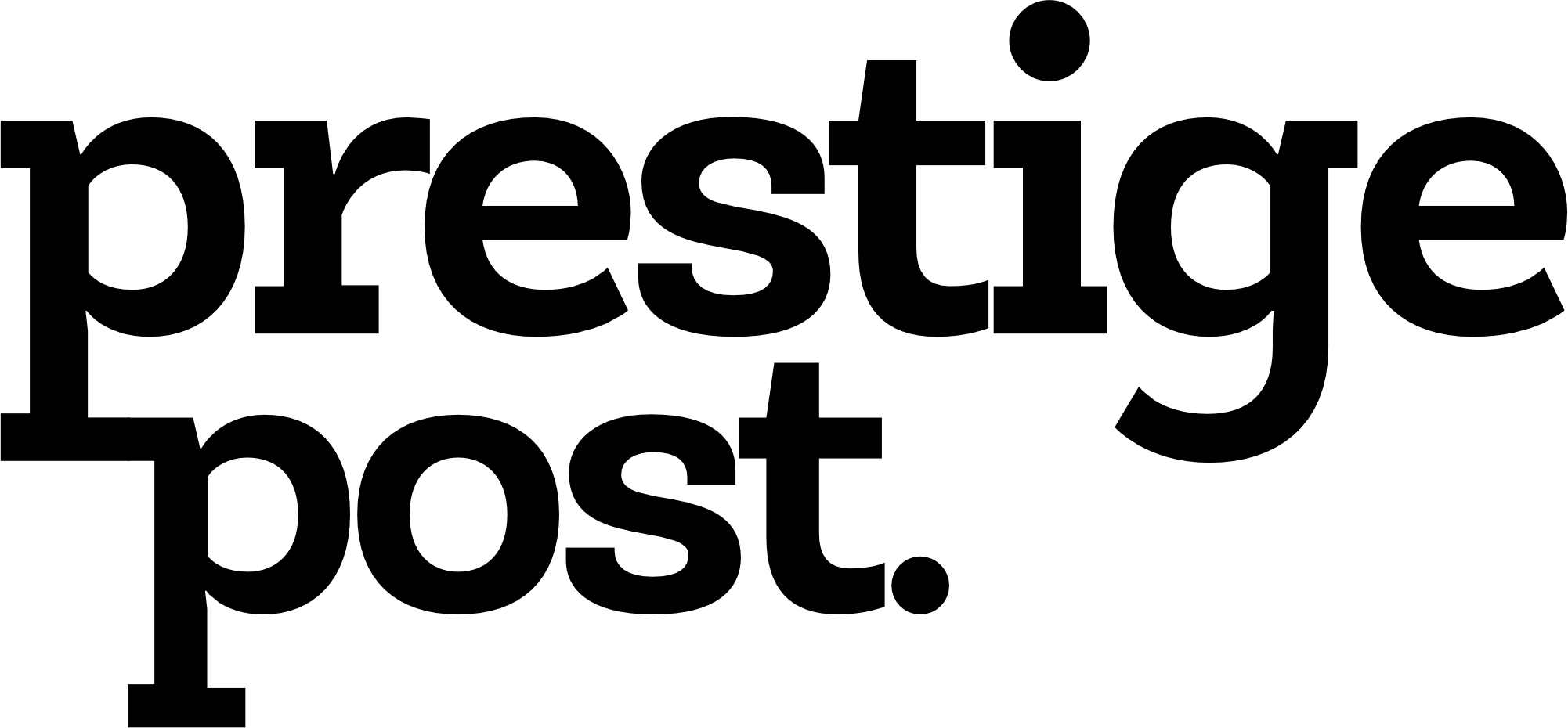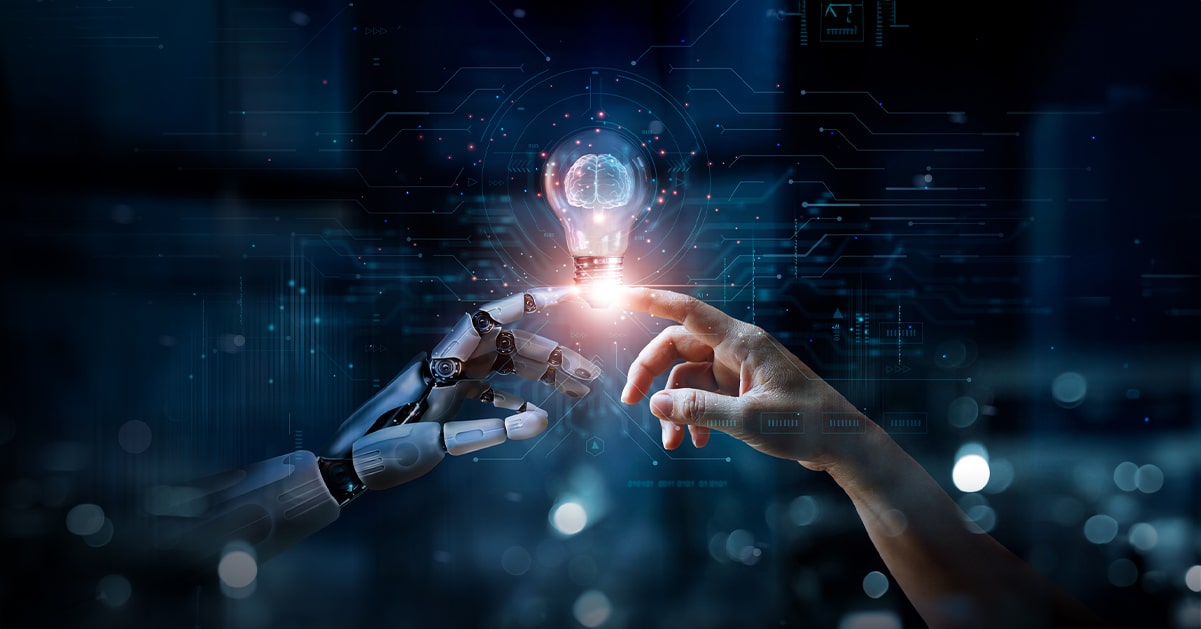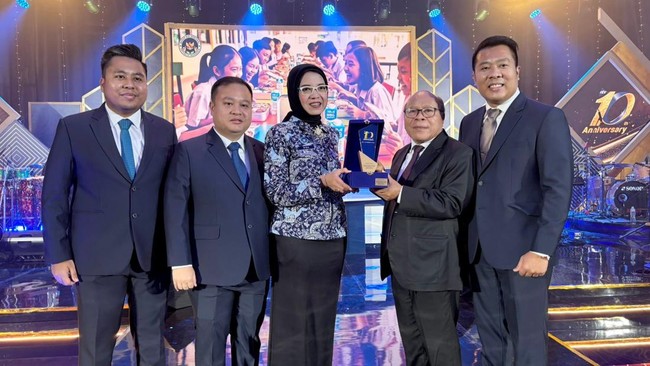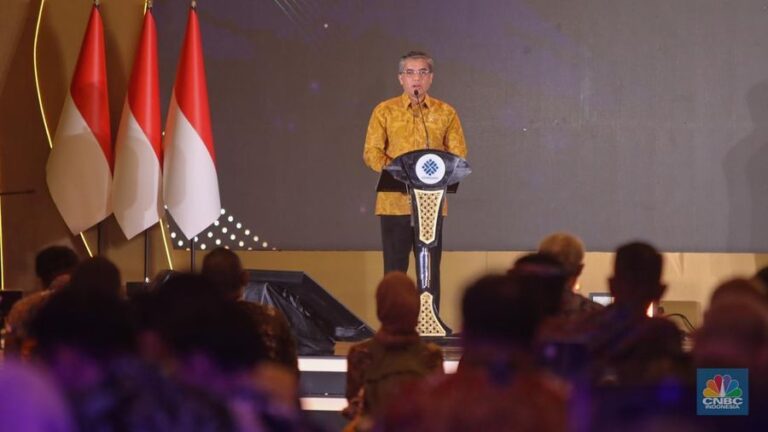New York — For Matthew Sherwood, a routine task like shopping for clothes presents a significant challenge. Blind for over 15 years, Sherwood relies on assistance to ensure he chooses the correct color or style. Despite his successful career in investing, a supportive family, and a guide dog named Chris, everyday tasks can still be daunting.
However, advancements in artificial intelligence (AI) are set to transform his experience.
Sherwood occasionally uses an app called Be My Eyes, which connects visually impaired users with sighted volunteers via live video to help with tasks like checking if a shirt matches or if a milk carton is expired. But the need for human assistance is decreasing, thanks to AI advancements.
Be My Eyes partnered with OpenAI last year to incorporate AI into its app. Instead of depending on human volunteers, the AI can now see and describe what’s in front of the user. OpenAI’s latest product demo featured a person using the AI-powered Be My Eyes to hail a taxi, with the app instructing the user when to raise their arm. Similarly, Google has introduced a feature for its Lookout app to assist visually impaired users.
These applications represent just one area where AI is advancing assistive technology, which includes tools designed to help disabled or elderly individuals. Tech companies such as Apple and Google have released a growing array of AI-powered tools to enhance accessibility. These include eye-tracking technology for physically disabled users to control iPhones with their eyes and detailed voice guidance for blind users on Google Maps.
Since the launch of ChatGPT, it has become clear that AI will revolutionize our world, changing how we work, communicate, and even perceive reality. For people with disabilities, AI offers a uniquely transformative potential.
“If you were in business and blind, you needed an assistant to read for you,” Sherwood said. “Now, you have new power. For some, this is great technology. For blind people, it’s an opportunity to gain employment, compete in business, and succeed.”
The Benefits of AI for Accessibility
Tech companies have utilized early forms of AI for accessibility for years, such as automated closed captioning on videos and screen readers. But the recent surge in AI capabilities, backed by vast datasets and powerful computing, is accelerating what’s possible in assistive tech. For instance, an AI tool that reliably helps blind individuals hail taxis must accurately recognize taxis, requiring extensive training on diverse examples.
Google has also enhanced its tools for visually impaired users. Its screen-reading tool now includes a “question and answer” feature, leveraging generative AI to provide detailed descriptions of what’s displayed on a user’s screen.
“The promise of AI has been evident for many years, but it must reach a high-quality level to be viable in products,” Eve Andersson, Google’s senior director of product inclusion, equity, and accessibility, told CNN.
Generative AI tools hold great promise for accessibility as they can understand and produce information in various formats, including text, audio, photos, and videos. This allows AI to act as an intermediary, converting information into the most suitable format for the user. For instance, AI can transform audio into written text for hearing-impaired users.
“People’s accessibility needs vary widely, but many disabilities involve how information is perceived,” Andersson explained. “There are hearing, vision, motor, speech, and cognitive disabilities, each requiring different information modalities. AI excels at translating between these modalities.”
Designing Inclusive AI Systems
Ensuring AI systems are inclusive requires ongoing investment. AI models trained on human-created data can inherit human biases. Early examples of bias include AI image generators struggling with racial concepts and algorithms displaying gendered stereotypes in job advertisements.
To combat this, companies like Apple, Google, and Microsoft have partnered with researchers at the University of Illinois Urbana-Champaign to create a diverse training dataset for AI speech recognition tools. The Speech Accessibility Project collects recordings from volunteers with conditions such as Parkinson’s, Down Syndrome, and ALS. With over 200,000 recordings, the project reduced the error rate of a sample speech recognition tool from 20% to 12%.
“The more diverse speech we can include in these systems, the better they will understand individuals with non-standard speech,” said Clarion Mendes, a speech-language pathologist leading the project. “Many people face significant barriers to participation due to their communication challenges. Assistive technology can greatly enhance their independence and opportunities.”
Andersson added that investing in AI for accessibility is not only ethically right but also makes good business sense.
“We don’t want to leave people behind. Technology can level the playing field,” she said. “Additionally, there are financial benefits, such as the ability to sell products to government entities and educational institutions.”









